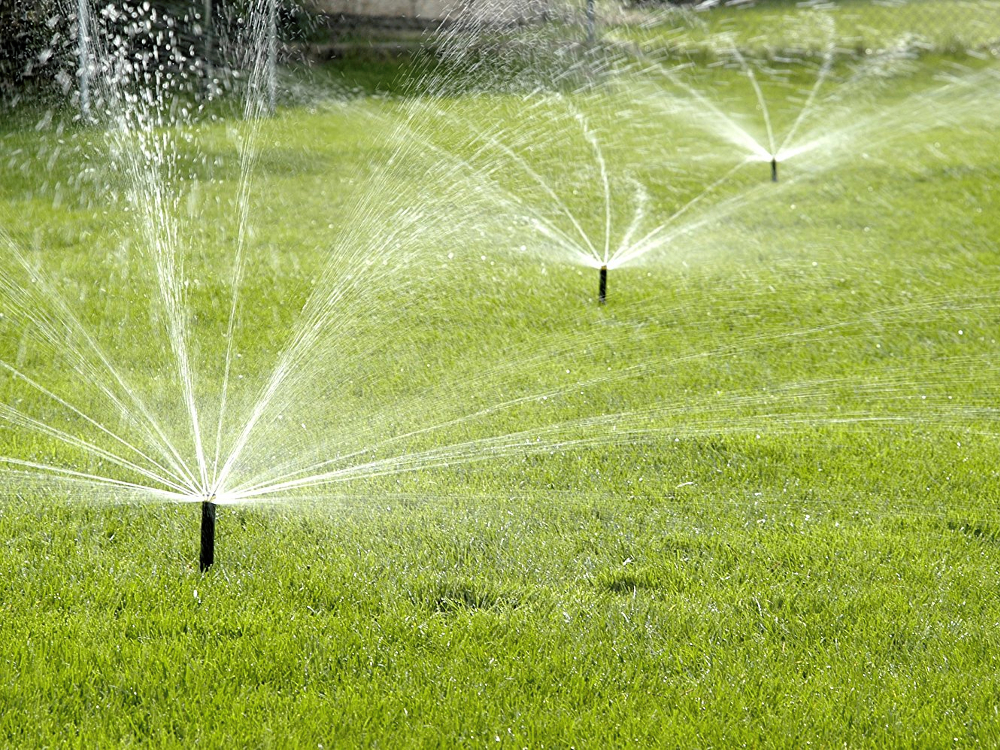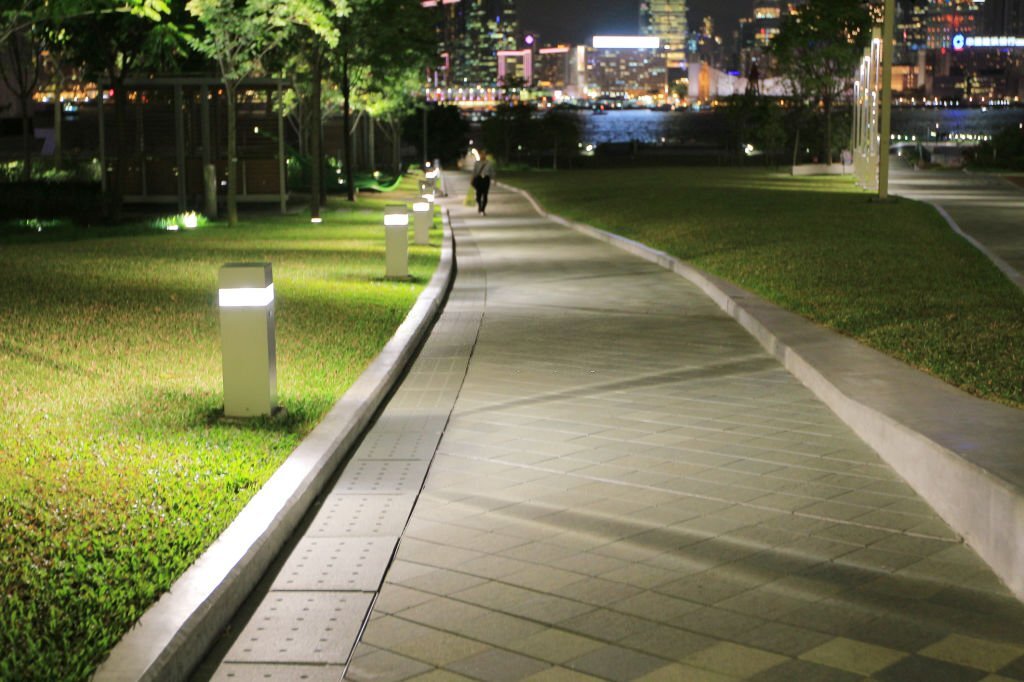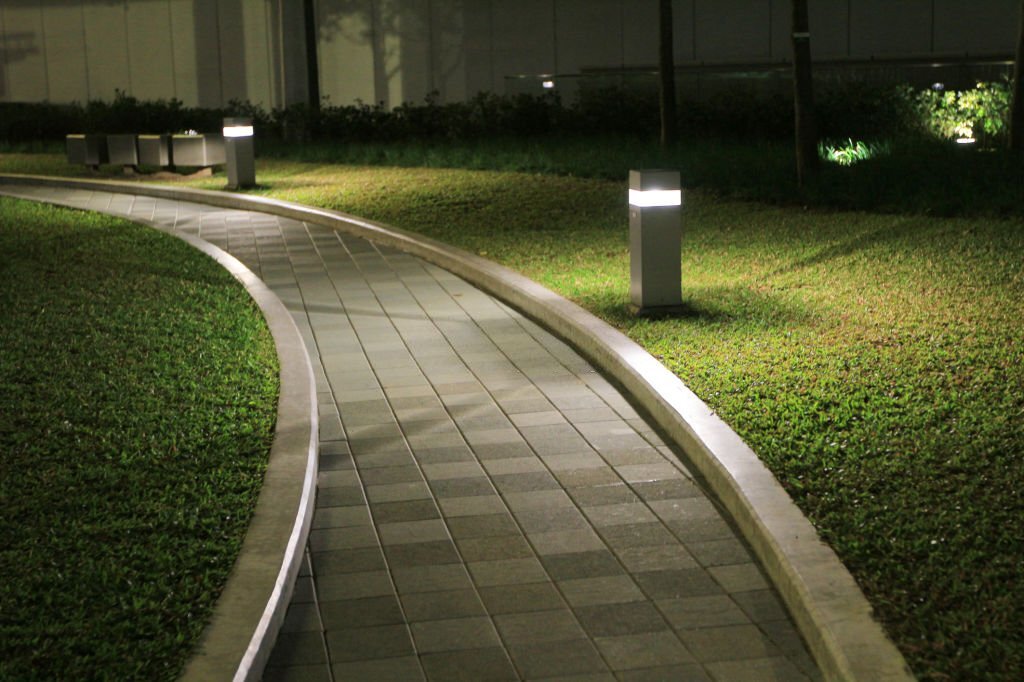Watering your backyard lawn can be a challenging task. For this reason, automating irrigation and drainage system by installing an automated system is undoubtedly an option to be evaluated for effective and stress-free lawn care.
Installing an underground irrigation and drainage system allows you to better dose the quantities of water and make a distribution equally spread in the different areas, in addition to the convenience given by being able to program irrigation during the periods in which you are away from home.
The underground irrigation and drainage system is efficient. There are no visible pipes, and if you use retractable sprinklers, the effect is very discreet.
These are rather simple systems, which can be designed and built independently using do-it-yourself. It will be enough to have good dexterity and follow the guidelines to obtain a well-made implant.
When designing the underground irrigation and drainage system, it is helpful to create a diagram starting from the total area to be irrigated and marking the point from which the system can start, where the control unit will be installed. The sprinklers to be used must then be shown on the same diagram, distributing them, taking into account the radius they can cover and creating a linear path.

The criterion to follow is to completely cover the area to be watered, starting from the distribution of the sprinklers along the perimeter, and then add other sprinklers in the central areas.
The position of the sprinklers must be assigned so that the jet of one slightly overlaps the adjacent one.
In the design of the underground irrigation and drainage system for the garden, it is therefore essential to correctly establish the position of the sprinklers considering the characteristics:
- 90 ° sprinklers to be positioned in the corners;
- 180 ° sprinklers along the perimeter;
- 360 ° sprinklers in central areas.
If the scheme has been well done, the transition from design to construction will proceed quickly, and in a short time, you will be able to benefit from an underground irrigation system in your garden.
Alternatively, you can contact a company specializing in gardening that will prepare the system in a professional manner, such as team Done Right.
Underground Irrigation And Drainage System: Pros And Cons
Before installing an underground irrigation and drainage system to water the lawn in the garden, it is right to evaluate the pros and cons of this solution to act with awareness.
Some of the advantages of installing an underground irrigation and drainage system are:
- reduced water consumption;
- simplified management;
- possibility to program irrigations by setting times, areas and duration of irrigation;
- possibility of being away from home for periods without worrying about irrigation;
- it is a minimally invasive and silent solution;
- improves the quality of the lawn;
- increases the value of the property.
The advantages that the installation of an underground irrigation system brings to the garden are therefore many. Regarding some of the disadvantages of the underground irrigation system, we can identify:
- requires a state of the art installation;
- possible risks deriving from frosts;
- need to excavate for underground installation.
Although theoretically, the pros far outweigh the cons, a specific assessment must be made for each case.
Underground Irrigation System: Essential Components
To create an underground irrigation and drainage system without problems, it is helpful to know all the necessary components to be able to obtain everything you need. Each underground irrigation and drainage system consists of:
- the control unit or programmer;
- solenoid valves;
- rain sensor;
- pop-up (or static), turbine (or dynamic) sprinklers;
- polyethylene or PVC pipes to be buried;
- fittings;
- drainage valves.
While the control unit will always be one regardless of the size of the lawn, the quantity of elements necessary for the construction of the underground irrigation system varies according to the area to be covered. It is, therefore, necessary to calculate the length of the pipes required and the number of solenoid valves, sprinklers, fittings and drain valves.
Underground Irrigation And Drainage System: Tracks And Devices
To build your own underground irrigation and drainage system, the first step is to create traces that make up the paths of the pipes. These start from the point where the solenoid valves are inserted, inserted in a well to protect them, to reach the various sprinklers.
You can then proceed to bury the pipes by inserting the fittings in the junction points and installing the various devices. The control unit through which to activate the system can be placed indoors or outdoors, depending on the model.
As for the sprinklers, they can be used as needed:
- pop-up sprinklers (or static), valid for small areas;
- turbine sprinklers (or dynamic), ideal for extensive areas and professional use.
It is possible to create a hybrid system, depending on the size of the areas to be irrigated.
Underground Irrigation And Drainage System: Maintenance And Cleaning
In general, the irrigation system does not require much maintenance. In colder areas, during the winter, the underground irrigation system can be put to rest. Possible frosts could, in fact, damage the pipes full of water. Therefore, it will be necessary to empty the pipes by closing the valves and starting the system until the water inside is eliminated.
The solenoid valves must also be protected with insulating material, while the control units can be deactivated by disconnecting the power supply and the batteries.
At the beginning of spring, the plant can be reactivated after checking that each element is in perfect condition. Otherwise, it will have to be replaced.
The cleaning of the sprinklers should instead be performed annually. This operation will allow keeping the underground irrigation and drainage system efficiently. In fact, limescale deposits can accumulate over time which can clog the nozzles and mud and other debris.
Simply disassemble the sprinklers and rinse them under running water. If the limescale is not removed, it can be dissolved by putting the sprinklers in a container with vinegar and leaving it to act for a few hours, rinse, and reassemble everything.
To know more on the topic, stay tuned in and if you wish to get a quote for your project and your works, contact us for a free consultation.





